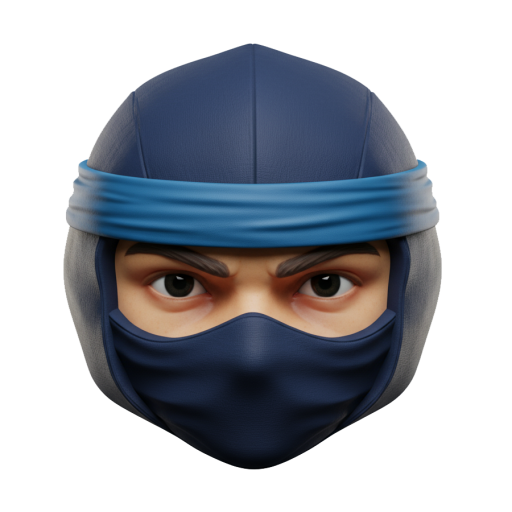Screen setups are steady workhorses and HTV is simple and familiar. Direct-to-Film (DTF) sits between them, offering full-color, fine detail without burning screens. Here’s the question I hear most from apparel and label buyers across Asia: where to get DTF prints—and just as importantly—when does DTF actually make the most sense?
Based on insights from ninja transfer‘s work with small studios and regional brands, the answer is rarely black-and-white. DTF shines with multi-color artwork, mixed fabrics, and short runs. Screen still carries the banner for long, stable campaigns. HTV retains a niche for solid spot colors and names/numbers. If you’re scanning listings for “dtf prints for sale,” pause for a moment and map your job profile to the right process first.
I’ll walk through selection criteria, real heat-press parameters (including the often-asked ninja transfer temperature window), and where to source reliably—local or cross-border—without losing days in transit. Let’s make the choice with evidence, not hype.
Application Suitability Assessment
If your team is asking “where to get dtf prints,” start with “when to get them.” DTF handles complex, full-color artwork and gradients without screens. For short-run and on-demand work, typical setup is measured in minutes. A small studio can switch designs in roughly 2–5 minutes, while comparable screen setups for multi-color art may require 20–40 minutes just to settle. Minimum order quantity can be one piece with DTF; screen often makes economic sense only from 50–100 units upward. For manual presses, expect 60–120 transfers/hour; semi-auto setups can reach roughly 200–300/hour, depending on garment handling.
Consider image quality and fine detail. With a profiled RIP and stable curing, many shops hold ΔE under about 2–3 against targets inspired by ISO 12647, which is sufficient for retail apparel. Wash durability depends on the film/powder system and press settings; 50–60 domestic washes at 40°C is common for cotton when parameters are dialed in. However, if you print a single spot color at high volume—think 1,000+ shirts in white ink—screen usually carries the lowest unit cost and very consistent opacity.
Here’s where it gets interesting: specialty fabrics and color coverage. DTF tends to cover dark garments well with a robust white underbase, an area where HTV also performs predictably but with more weeding and layering time. If you see suppliers advertising “dtf prints for sale” at very low unit prices, check artwork limits (white ink density, microtext, halftone reproduction) and whether pricing assumes batch consolidation that might delay your delivery schedule.
Substrate Compatibility and Heat Parameters
DTF is driven by Inkjet Printing on PET Film (typically 75–100 μm), a hot-melt powder, and heat-press transfer. The practical ninja transfer temperature window on most apparel is about 285–315°F (140–160°C), with 8–15 seconds dwell and medium pressure (roughly 4–6 bar on pneumatics). Cotton and cotton-rich blends are forgiving. For polyester, be cautious: dye migration can discolor light tones if the garment is heat-sensitive—try lower heat/longer dwell or blocker underlayers. Nylon often needs a pretreatment or a specialty adhesive. A quick pre-press (3–5 seconds) helps remove moisture and improve adhesion.
Peel timing matters. Some films are hot-peel, others cold-peel; follow the film spec. If you’re chasing color fidelity for branding, aim for a controlled color pipeline: device profiling, stable curing, and a verification step against your tolerance (ΔE 2–3 is realistic for most apparel). Keep an eye on environment. Humidity swings can affect powder flow and laydown consistency. One lesson learned in tropical climates: powder extraction and storage (sealed bins, desiccants) reduce mess and keep transfer edges clean. None of this is a silver bullet—expect a few test panels per new fabric before releasing a full set.
Total Cost of Ownership and Sourcing Choices
TCO for DTF breaks into film, ink, powder/adhesive, energy, labor, and rework risk. Film can run about $0.30–$0.70 per A3 sheet depending on grade and order volume; ink laydown varies widely with coverage, but 1–2 ml per A3 is a fair planning range for mixed art. Scrap rates on cotton can sit around 3–6% once a process is tuned, while small-lot, multi-color screen jobs often run 8–12% scrap for intricate designs. None of these numbers are universal; they swing with operator skill, garment prep, and quality checks.
Now to sourcing: local versus imported. In many Asia markets, short-run buyers prefer local providers for speed—2–5 day domestic delivery is common. Regional cross-border shipments often land in 5–7 days if customs is predictable. If you’ve seen references to “dtf prints dallas,” that can make sense for specific specialty films or if your brand has a U.S. campaign, but factor freight, duties, and possible delays. If you work with a networked supplier, ask about their ninja transfer location options across your region so urgent reprints don’t cross an ocean.
Two practical notes as you scan “dtf prints for sale” listings: first, inspect the heat spec sheet (press temperature, dwell, peel) and test on your actual fabric. Second, confirm support for edge cases—nylon bags, sublimated poly, or heavy rib knits. If you still need a direct answer to where to get dtf prints, pick a partner that shares real parameters up front. In my experience, that transparency—more than any price point—keeps programs on schedule. And if you’re documenting standards, note your preferred ninja transfer temperature per garment type, so future reorders stay consistent.
